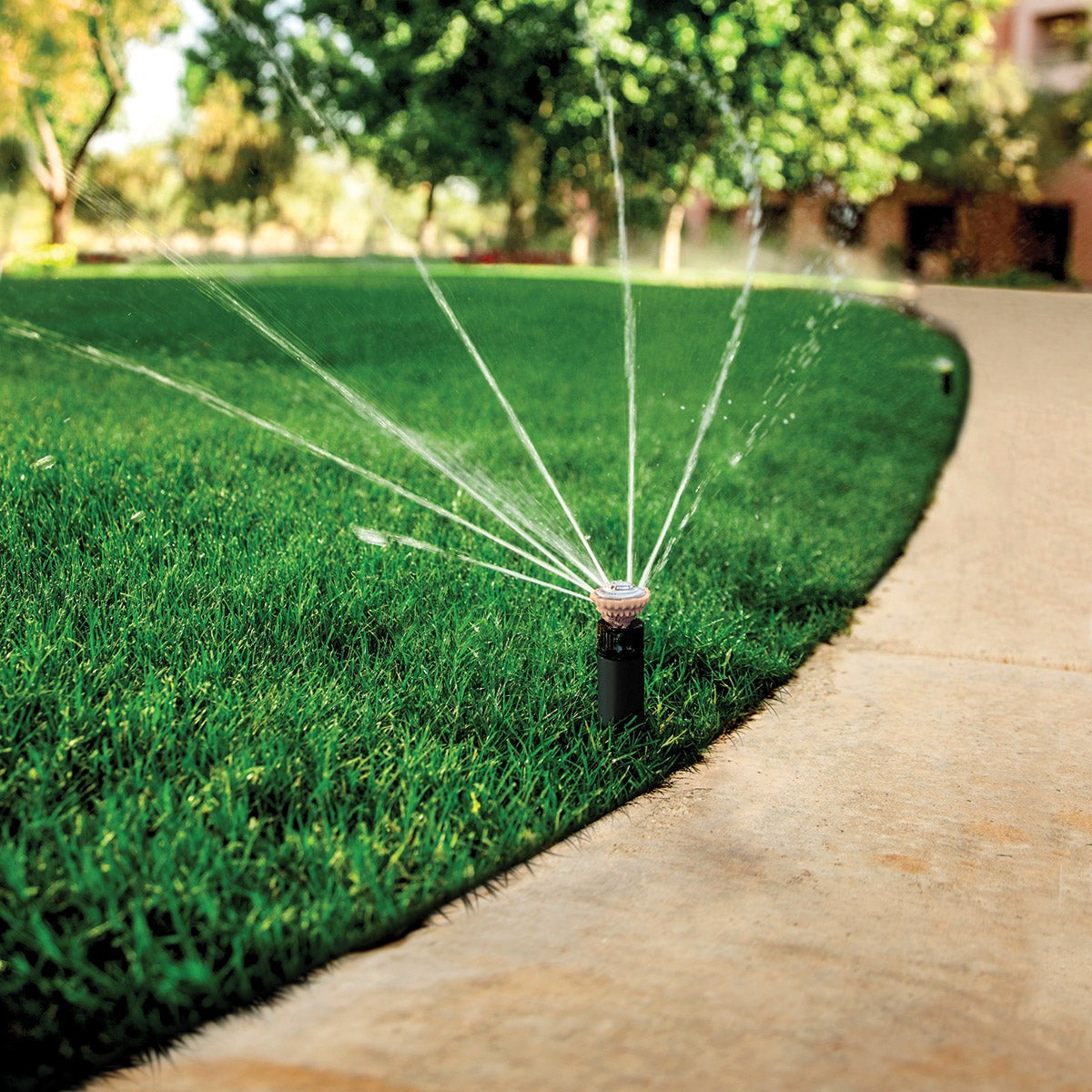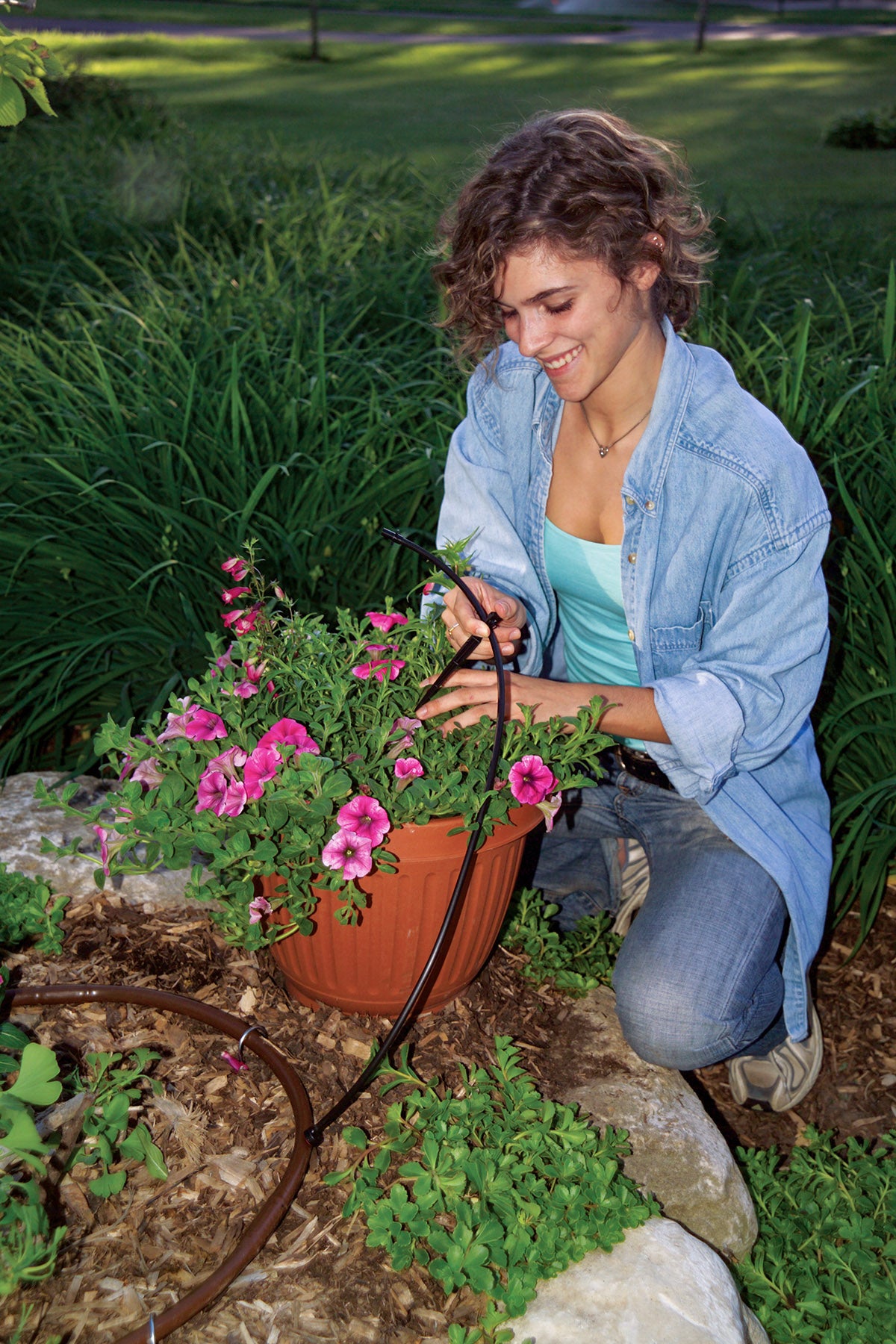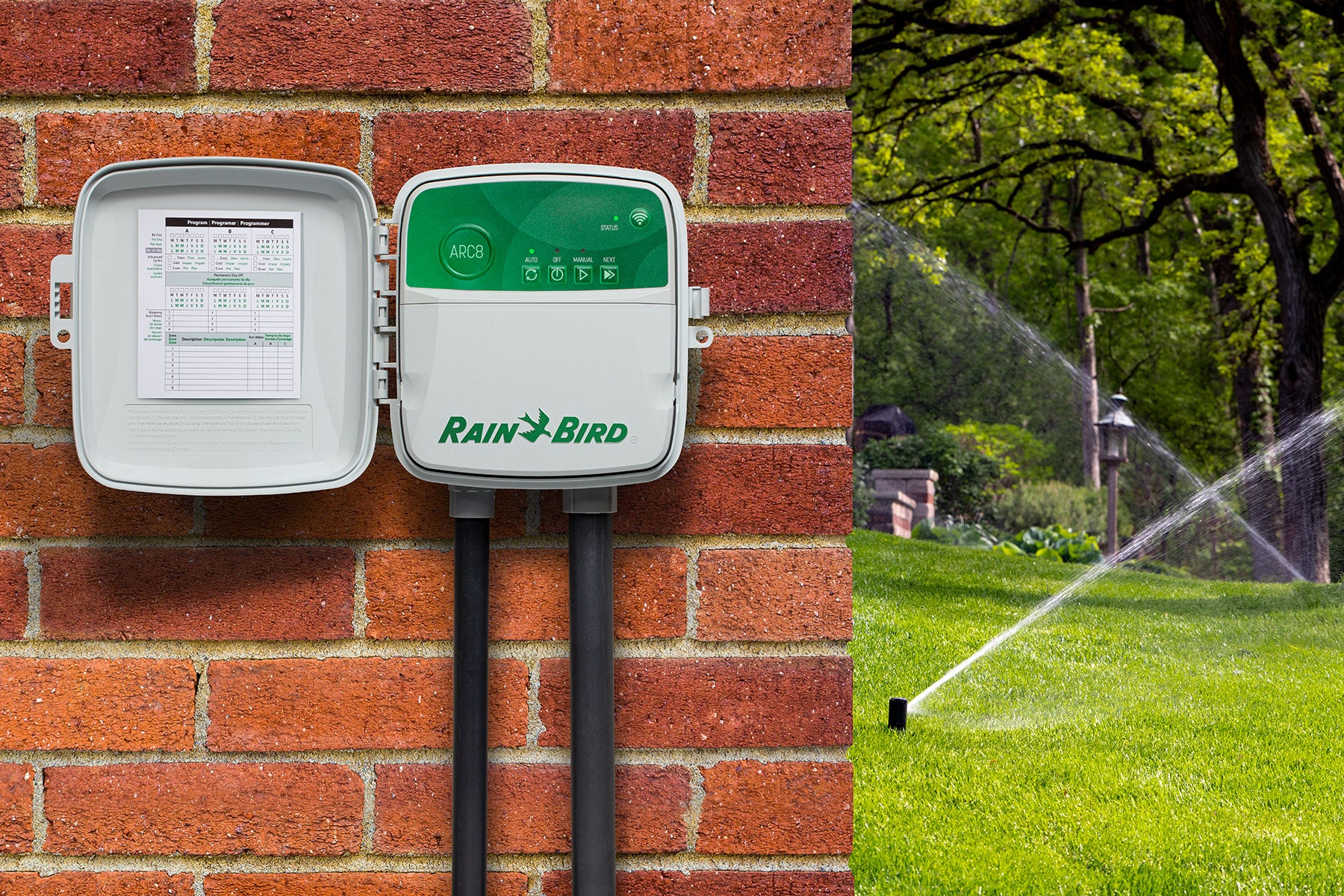Avoid Overspraying and Overpaying for Water with These Lawn Irrigation Tips
Keeping a lush, vibrant lawn is a goal shared by many homeowners. But in our endeavor to achieve our lovely landscaping, it's easy to inadvertently overspray our lawns - watering not just the grass, but the sidewalks, driveways, and streets. This results in unexpected charges on your water bill and wastes an invaluable resource. However, a healthy, green lawn doesn't require overwatering or over spraying. With the right techniques, irrigation products and some basic knowledge, you can keep your lawn thriving, all while saving water and money.
Here are some lawn irrigation and conservation tips that will help you mitigate water waste and avoid overpaying for water:
1. Adjust Sprinkler Heads
Ensure your sprinkler heads are properly adjusted to avoid watering paved areas. They should be positioned so that they're watering your lawn and not the nearby sidewalk or driveway. Adjust the distance and direction that the sprinkler nozzle distributes water without overshooting your lawn. Rain Bird special pattern nozzles produce adjustable water patterns that can irrigate unique areas of your landscape, such as a narrow side strip or end strip bed. They are easy to switch out too!
2. Water Early in the Morning
Calm, cool mornings are an ideal time to water your lawn before the day's heat. Watering your lawn early in the morning reduces the amount of water lost to evaporation and wind and maximizes the water that reaches your lawn while minimizing overspray.
3. Use Drip Irrigation for Plants and Shrubs
A drip irrigation system is an efficient way to water specific plants or containers in your lawn. They can be used to deliver precise amounts of water directly to the root zones of plants, which translates into healthier and stronger plants with less water waste. Drip irrigation delivers water directly to the plant's roots, reducing the likelihood of overspray. This method is especially effective in garden beds, container plantings or shrubs.
4. Monitor and Maintain Your System
Regularly check your irrigation system for leaks, clogs, or misdirected sprinklers. Ensure that your sprinklers are aimed correctly and distribute water evenly. Misaligned sprinkler heads can lead to over- or under-watering, wasting water and potentially damaging your plants. Tighten any loose connections and replace damaged parts as needed. Keep an eye out for signs of leaks or clogged sprinklers, such as pooling water or uneven watering patterns and repair any issues immediately to prevent further damage and conserve water.
5. Employ the Cycle and Soak Method
Instead of watering continuously for long periods, try watering in shorter cycles. This allows the water to soak into the ground, reducing runoff and overspray. Try to water for about 5 minutes, then wait 10-15 minutes before watering again. Repeat this five-minute cycle until the desired amount of water has been applied. This cycle and soak method can be easily automated using one of our Rain Bird Hose End Timers.
6. Create a Buffer Zone
Creating a buffer zone between your lawn and any paved areas is a great way to add a creative element to your landscaping and protect your lawn from soil compaction and damage. This can be a narrow flowerbed along a sidewalk or a mulch bed beside a driveway. Selecting plants for these areas that can withstand drier conditions creates a low-maintenance area of your landscaping that can be a natural barrier between your lawn and any paved areas. Plus, it’s a simple and easy way to add visual interest to your landscaping while being kind to the planet.
Water-Saving Products to Enhance Your Irrigation System
Consider integrating water-conserving products into your system. Rain Bird produces various water-saving products, from Wi-Fi-enabled smart controllers to drip irrigation, that support sustainable landscapes and live up to their motto, “The Intelligent Use of Water™.”

Water-Efficient Sprinkler Nozzles
Water-efficient sprinkler nozzles have a unique design that ensures water is distributed evenly and at a rate that the soil can absorb. These nozzles distribute water in a more targeted manner, reducing the amount of runoff and overspray that can occur with traditional sprinkler systems.

Drip Irrigation
Rain Bird also offers a range of products for drip irrigation. Drip irrigation delivers water directly to the roots of your plants, minimizing evaporation and runoff. It’s a perfect solution for container plants, window baskets or smaller individual plants or shrubs you may have in your landscaping. You’ll find a variety of parts for drip irrigation, including emitters, bubblers and sprays, as well as tubing at your local garden center. The Rain Bird Premium Hose End Timer can schedule your watering program to save you time and hassle.

ARC Series WiFi Smart Controller
The advanced Rain Bird ARC Series WiFi Smart Controller allows you to manage your irrigation system remotely via your smartphone and reduces water waste by providing real-time weather data to optimize watering schedules.
Use a Rain Sensor
Generally, most lawns need about 1 inch of water per week, including rainfall. Add a rain sensor to your automatic sprinkler system to automatically shut off your sprinklers when it rains to reduce the water your lawn receives, and you won't have to worry about accidentally overwatering.
By implementing these tips, you can ensure your lawn gets just the right amount of water it needs to thrive without the overspray that wastes water and your money. You'll end up with a healthier lawn, a happier wallet, and you'll be doing your part to conserve precious water resources.
